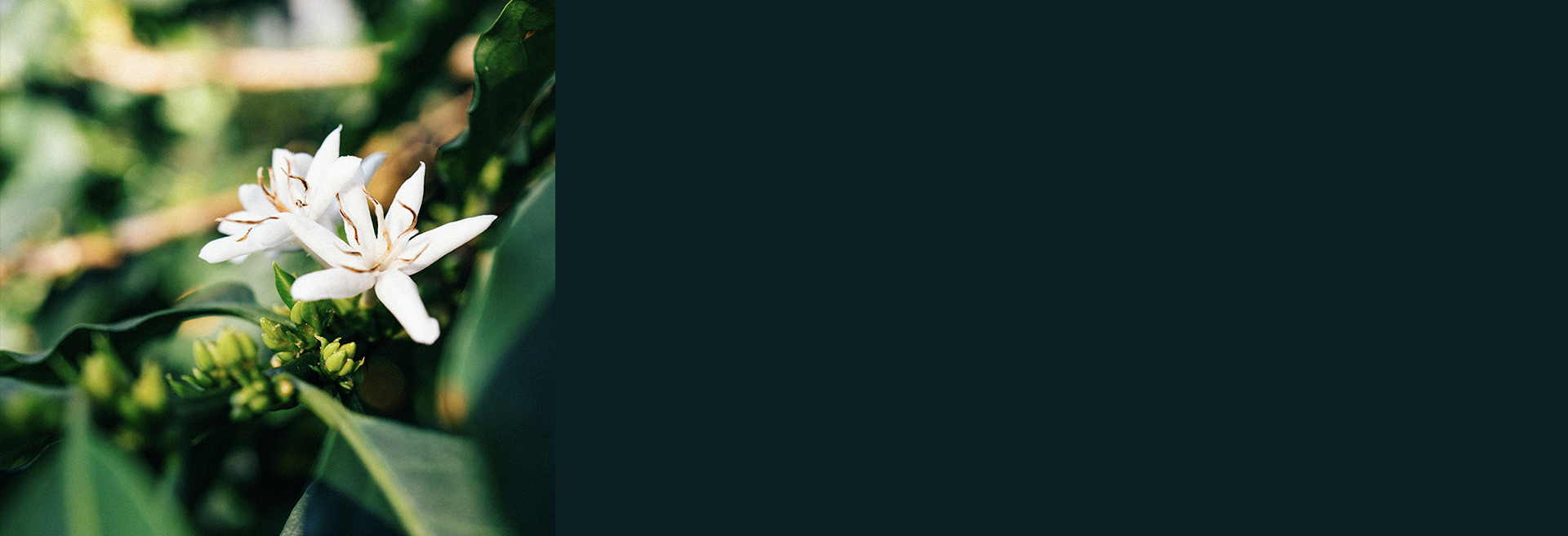Ethiopia
Duromina - Ethiopia
250g
Cup Notes
Bergamot / Lime / Apricot / Mango / White Mea suggested for espresso and filter
Quality Score: 90.00
when we roast
We freshly roast to order all coffees on Monday, Wednesday and Friday (excluding national holidays), and ship the same day! Cut-off time is 11:59pm (UTC+1) of the day before the roast day. *We only ship whole beans*
Details
- Quality Score
- 90.00
- Producer
- Several small farmers
- Country
- Ethiopia
- Terroir
- Jimma
- Altitude
- 1950-2050 masl
- Process
- Classic Washed - Raised Beds
- Arabica cultivar
- Ethiopian Heirloom
- Picked in
- December 2016
- Arrived in
- June 2017
- Roast profile by
- Rubens Gardelli
- Roasted on
- Self-made drum roaster
THE STORY BEHIND
Duromina, which means “to improve their lives” in the Afan Oromo language, is a coffee cooperative in south western Jimma Zone. Coffee has grown here for generations but was traditionally processed using the dry, natural method. Farmers paid little attention to quality control. Despite an ideal climate and altitude for coffee growing, the area’s coffee was synonymous with poor quality. Year after year, farmers received low prices for their coffee, earning little income as a result. On paper these farmers had it all; very high altitude, rich and fertile soils, Ethiopia's incredibly complex heirloom varietals and good rainfall. The missing link was quality control. Now that this has been addressed, the Duromina farmers produce coffees of outstanding quality with scores of 90+ being achieved. In 2010, around one hundred local coffee farmers banded together to form Duromina. As the name suggests, their goal was simple: to improve their lives. With technical support, business advice and access to finance through TechnoServe’s Coffee Initiative, the members acquired and installed a wet mill and began processing fully washed coffee for the first time. These improvements helped Duromina produce high-quality coffee and bring new prosperity to the community. Two years later, an international panel of professional judges would select Duromina’s coffee as the best in Africa, awarding the cooperative the top prize in the leading regional cupping competition.
THE VARIETY
Ethiopian Heirloom, why the generic name? It's estimated that there are somewhere in-between six and ten thousand coffee varietals in Ethiopia. And due to this colossal figure, there hasn’t been the genetic testing to allow buyers to distinguish the varietal. With the cross pollination that naturally happens in the wild, the name ‘Ethiopian Heirloom’ exists as a catch all phrase to describe this happenstance. However, that really makes Ethiopian quite a mystery – and an interesting mystery with that as each village or town could potentially have a different varietal which could carry very unique properties.
Ethiopia is the birthplace of coffee, meaning it was only naturally found here.
THE FERMENTATION PROCESS
Washed coffees focus solely on the bean. They let you taste you what’s on the inside, not the outside. Washed coffees depend almost 100% on the bean having absorbed enough natural sugars and nutrients during its growing cycle. This means the varietal, soil, weather, ripeness, fermentation, washing, and drying are absolutely key.
Washed coffees reflect both the science of growing the perfect coffee bean and the fact that farmers are an integral part of crafting the taste of a coffee bean. When looking at washed coffees, it becomes apparent that the country of origin and environmental conditions play a vital role in adding to the flavour.
During wet processing, the pulp (i.e.the exocarp and a part of the mesocarp) is removed mechanically. The remaining mesocarp, called mucilage, sticks to the parchment and is also removed before drying. During this process, the sugars present in the mucilage are removed through natural fermentation or mechanical scrubbing. Mucilage is insoluble in water and clings to parchment too strongly to be removed by simple washing. Mucilage can be removed by fermentation followed by washing or by strong friction in machines called mucilage removers. Fermentation can be done by stacking the coffee outside or placing them under water and allowing nature to take its course. After the sugars are removed, the beans then can be taken through a secondary washing to remove any additional debris, or taken immediately to the beds for drying.



